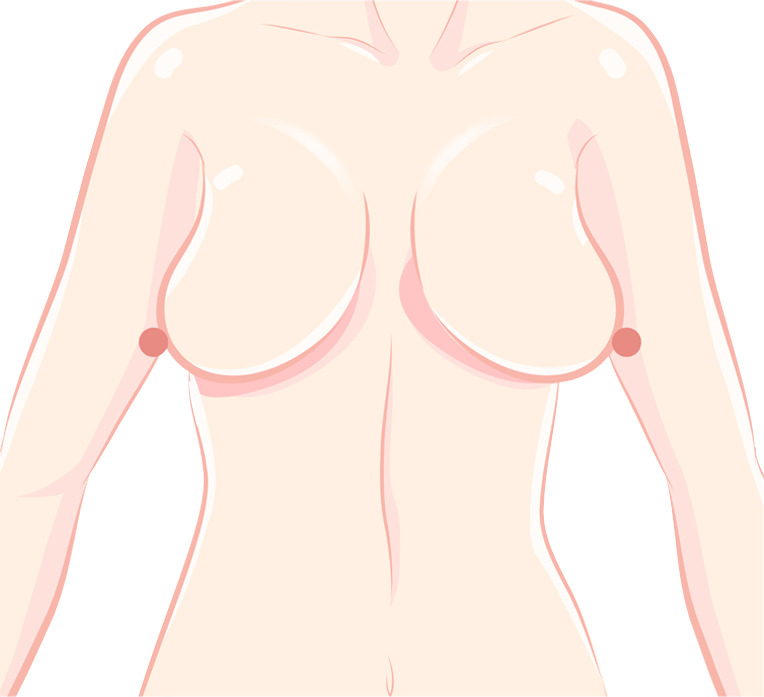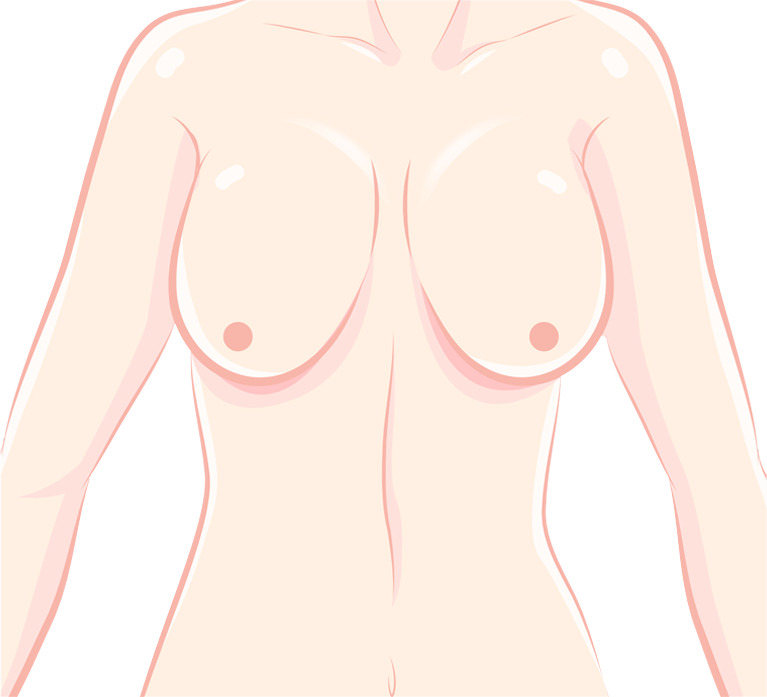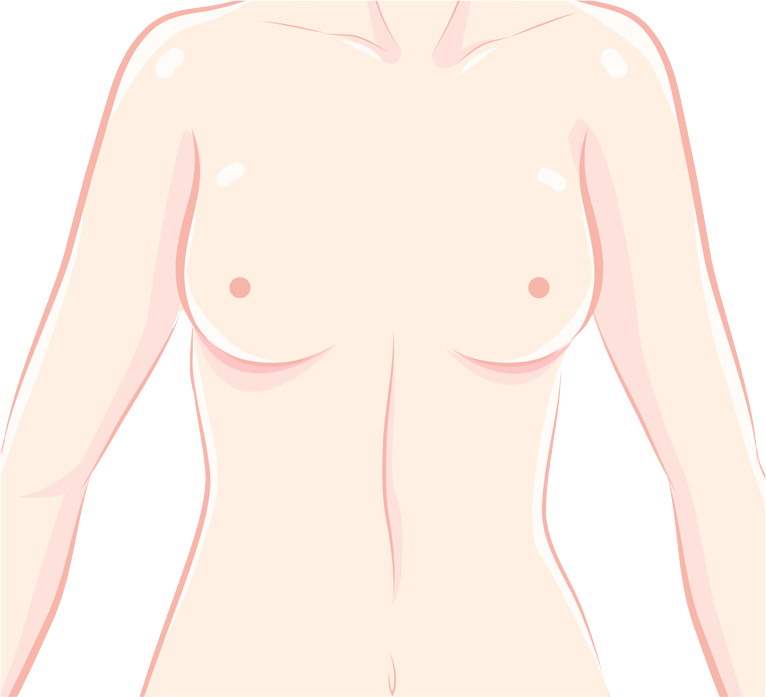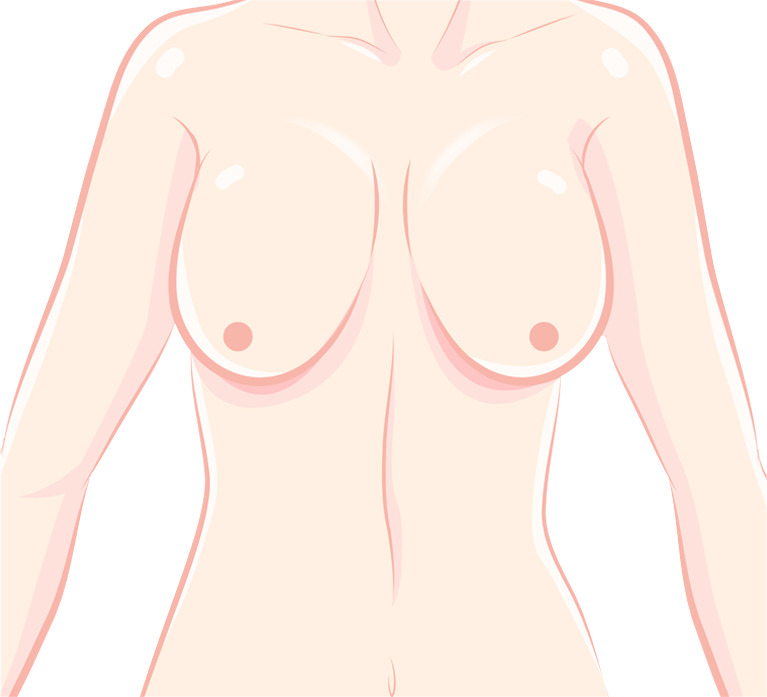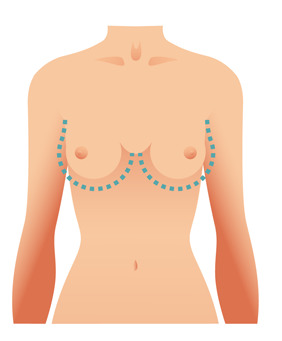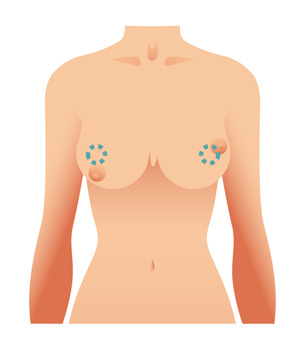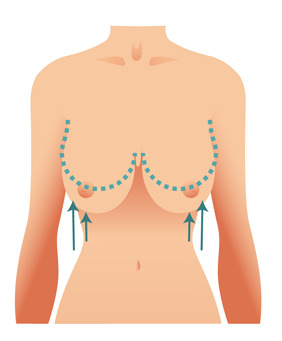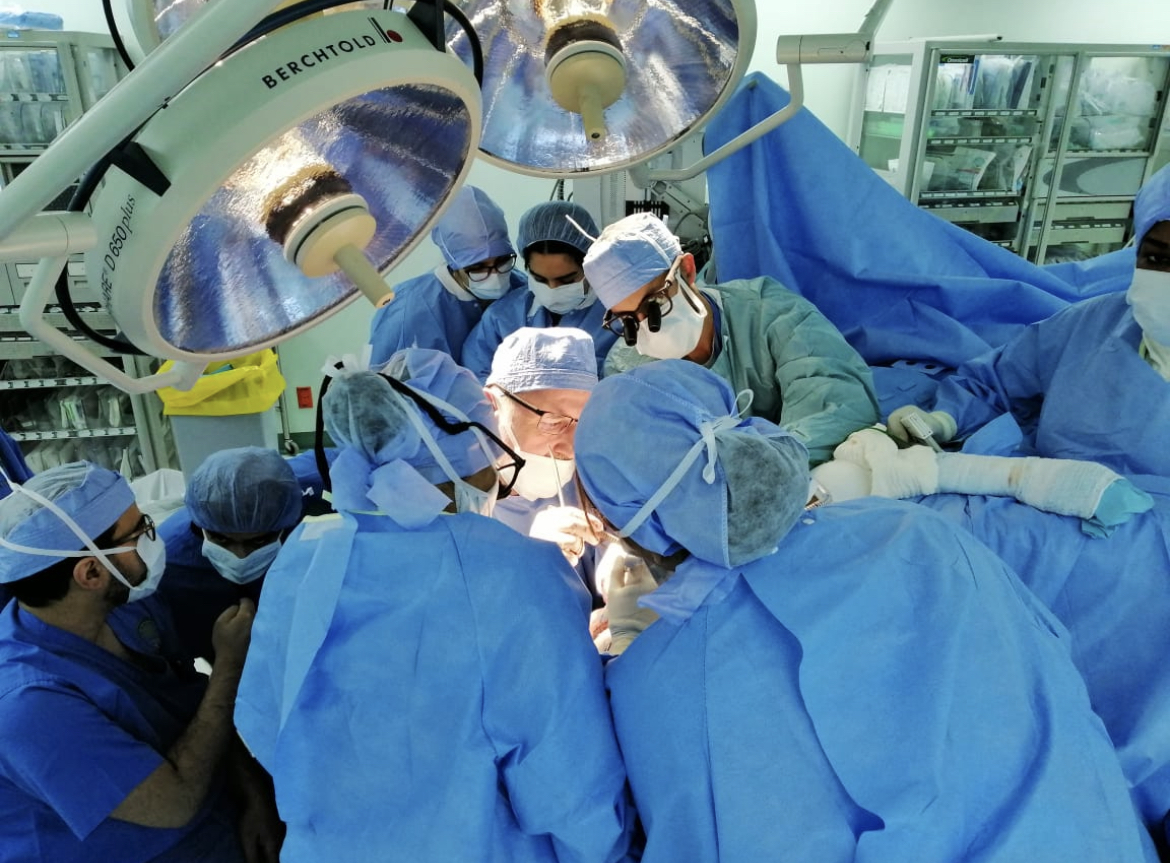
Breast Reduction
What is breast implant removal surgery?
The goal of breast implant removal surgery is to remove breast implants from breast augmentation or breast reconstruction patients. During these procedures, the surgeon may also remove silicone material from implant leaks and the breast capsule, which is the scar tissue that formes after the placement of a breast implant.
Often, the scar tissue that forms after the placement of an implant is soft and does not need to be removed, but it may harden, causing pain and discomfort. This is often a reason to have the implants and scar tissue removed.
Breast implants are not lifelong devices and it is important to have them exchanged or removed approximately every 10-15 years. This decision is typically based on the individual and the patient’s needs and desires.
In some cases, the outside shell of the implant breaks down causing silicone to leak and the scar tissue around the implant to harden. It is important to understand that your implants should be removed for this reason.
Who is a good candidate for breast implant removal?
Breast implant removal surgery is a highly individualized procedure. It should be performed if you have capsular contracture (hardening of the breast), pain with implants, imaging has shown a leak of the capsule and/or if you no longer desire implants or wish to exchange them.
In general, you may be a good candidate for breast implant removal if:
- You are physically healthy and at a stable weight
- You have realistic expectations
- You are a nonsmoker
- You are bothered by the appearance of your implants
- You have experienced discomfort or pain
- You feel your breasts are too heavy
- You are starting to feel your breast scar tissue is getting harder or tighter
- Imaging suggests a leak or rupture of implants
- You have experienced a rupture or leak of implants
If you’re considering surgery, spend some time reviewing before and after photos and learning about what to expect during recovery. Preparation ahead of time helps patients have reasonable expectations and a smoother recovery.
What are the steps of a breast implant removal procedure?
Step 1 – Anesthesia
Medications are administered for your comfort during the surgical procedure. The choices include intravenous sedation and general anesthesia. Your doctor and anesthesiologist will recommend the best choice for you.
Step 2 – The incision
A breast implant removal requires an incision to be placed along the lower fold of your breast (the inframammary fold) or an incision around or below the areola.
Step 3 – The operation
This will depend on your particular surgery and your surgeon. Often, the breast capsules and implants are removed using a combination of techniques.
Step 4 – Closing the incisions
Sutures, skin adhesives, tapes or clips close the skin incisions.
Your breast implant removal will result in a different shape of the breast profile, which may be flatter or droopier than before surgery and have irregularities and/or indentations. You may also notice that the breast can take on a different shape with indentations depending on how much scar tissue was produced around your implants.
What should I expect during my breast implant removal recovery?
Following your breast implant removal surgery, gauze dressings or bandages and you may have drains. You may be placed in a support bra or surgical garment, and there are times that a compression garment may be used to minimize swelling following surgery.
After your procedure, you may need to have drains, which are small, thin tubes temporarily placed under the skin within the pocket to drain any excess blood or serous fluid that may collect.
You will be given specific instructions that may include:
- How to care for your surgical site(s) following surgery
- Medications to apply or take orally to aid healing and reduce the risk of infection
- Specific concerns to look for at the surgical site or in your general health
- When to follow up with your plastic surgeon
Be sure to ask your plastic surgeon specific questions about what you can expect during your individual recovery period.
- Where will I be taken after my surgery is complete?
- What medication will I be given or prescribed after surgery?
- Will I have dressings/bandages after surgery? When will they be removed?
- Will there be drains? For how long?
- When can I bathe or shower?
- When can I resume normal activity and exercise?
- When do I return for follow-up care?
Healing will continue for several weeks as swelling decreases. Continue to follow your plastic surgeon’s instructions and attend follow-up visits as scheduled.
What are the risks of breast implant removal?
The decision to have breast implant removal surgery is dependent on many factors, including your overall health, if the implant is leaking, if the implant has ruptured and your personal desire. You’ll have to decide if the benefits will achieve your goals and if the risks and potential complications of breast implant removal are acceptable.
Your plastic surgeon and/or staff will explain in detail the risks associated with surgery. You will be asked to sign consent forms to ensure that you fully understand the procedures you will undergo and any risks or potential complications.
The possible risks of breast implant removal surgery include, but are not limited to:
- Anesthesia risks
- Asymmetry
- Bleeding
- Deep vein thrombosis, cardiac and pulmonary complications
- Fatty tissue found deep in the skin might die (fat necrosis)
- Fluid accumulation (seroma)
- Hematoma
- Infection
- Numbness or other changes in nipple/areola sensation
- Numbness or other changes in skin sensation
- Persistent pain
- Poor healing of incisions
- Possibility of revision surgery
- Recurrent looseness of skin
- Scarring
- Skin discoloration and/or prolonged swelling
- Skin loss
- Suboptimal aesthetic result
- Unfavorable scarring
These risks and others will be fully discussed prior to your consent. It’s important that you address all your questions directly with your plastic surgeon.





